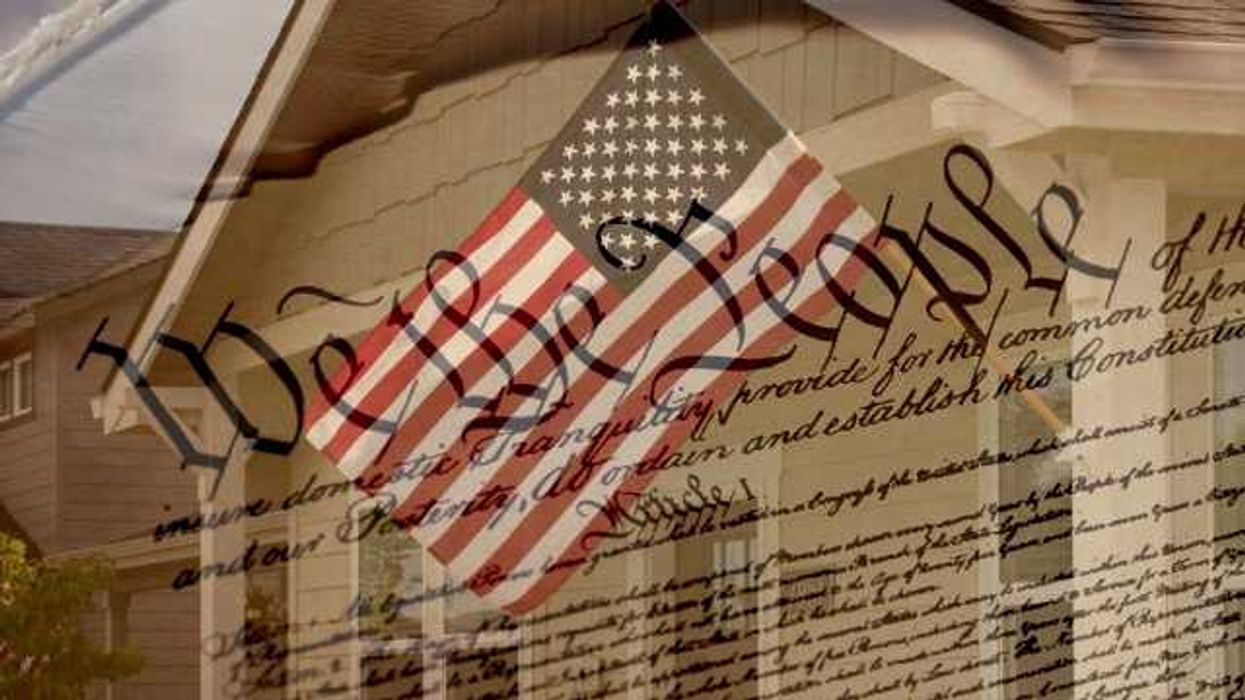Daley-Harris is the author of Reclaiming Our Democracy: Every Citizen’s Guide to Transformational Advocacy and the founder of RESULTS and Civic Courage. This is part of a series focused on better understanding transformational advocacy: citizens awakening to their power.
I know exactly where I was when I first heard “Brave,” the song by Sara Bareilles. I was driving with my daughter, who was 15 at the time. We were in front of our local library when I turned to Sophie and asked, “Did she just say: ‘Show me how big your brave is’”? “Yes,” she answered.
With our democracy in trouble, that’s what we need to demand of ourselves and nonprofit organizations. Here’s why: 79 percent of grassroots advocacy professionals told the Congressional Management Foundation that “a form email is their primary grassroots advocacy tactic.” That’s when you provide your name and ZIP code to an advocacy group, which sends a pre-written letter for you. Unfortunately, “just 3 percent of Congressional staff said that a form email has ‘a lot of influence’ on their offices’ decisions.” Sounds like, “Show me how small your brave is.”
Here’s a better way. Instead of offering petitions and form emails, nonprofits can deliver transformational advocacy — train their members to do things as advocates they never thought they could do — and regularly provide opportunities to be brave. Opportunities like this:
After the Waxman-Markey climate bill was killed in the Senate in 2010, a super-volunteer named Jay Butera, still in his lone-wolf phase, decided to hand-deliver letters to every Senate office.
When I walked out of one of the Senate offices, I realized I’d given them the wrong letter, so I walked back in to exchange letters. Only a minute had passed since I’d left the office, but the person at the front desk had already thrown the letter in the trash can. ... I saw that you need to get the message to the right people, and even that is just the start.
Ouch! That could crush the most hardy among us, but not Butera. He joined Citizens’ Climate Lobby and learned one of the first rules of transformational advocacy: Recruit new people and form them into chapters. Working with others, Butera searched for a House Republican to co-lead a bipartisan Climate Solutions Caucus. He spent three years knocking on doors all over Capitol Hill, with some people literally laughing at the idea.
Tom Moyer, a CCL volunteer from Utah, beautifully frames working with opponents. He says it’s impossible to convince anyone of anything if you fundamentally don’t like them. “If you walk in thinking they’re an idiot and evil, you’re done from the start,” Moyer told E&E News. “It doesn’t matter how logical your position is. You have to put yourself in a place where you can find something to respect [in them].”
The Climate Solutions Caucus was finally launched in 2016 and grew to 10 Republicans and 10 Democrats that year. When President Donald Trump was elected, several members retired or lost their election and the caucus fell to six and six. During the first two years of the Trump administration, it grew to 45 Republicans and 45 Democrats.
Behind each of those 90 caucus members is a story of volunteers showing how big their brave is — citizens awakening to their power.












 Shannon Gormley, Rhode Island Public Schools
Shannon Gormley, Rhode Island Public Schools Les Sinclair, Blue Ridge Area Food Bank
Les Sinclair, Blue Ridge Area Food Bank Elena Casillas Hoffman,
Elena Casillas Hoffman, 
 Darrious Hilmon, Executive Director, CAN-TV
Darrious Hilmon, Executive Director, CAN-TV







